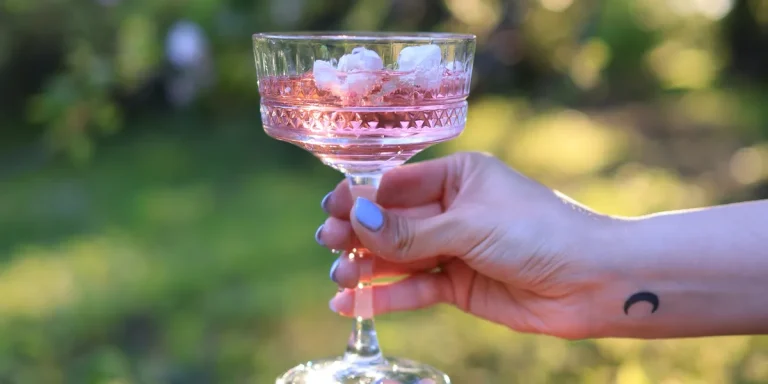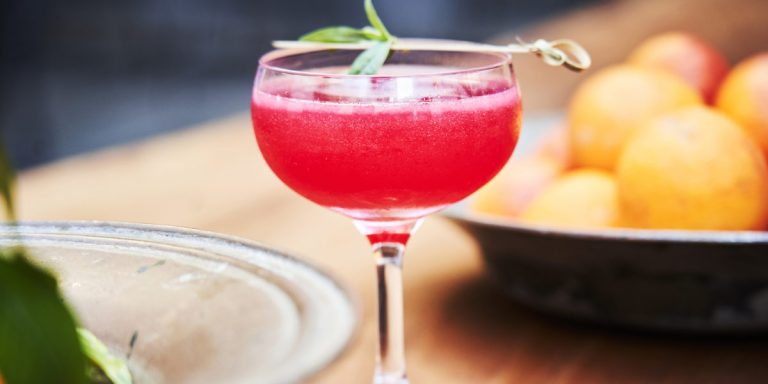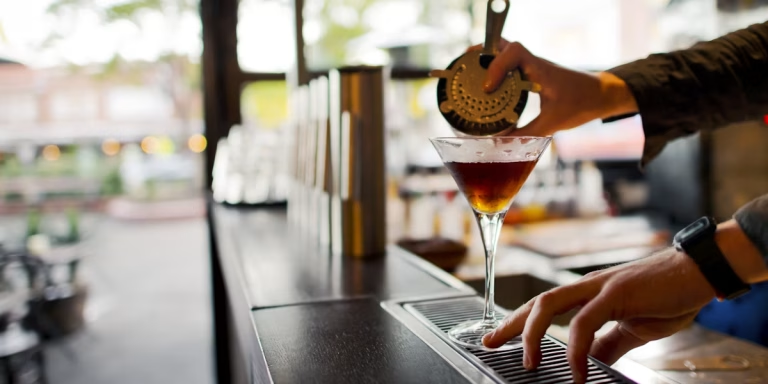Aperitif vs Digestif: Know the Difference

Drinks often set the rhythm of a meal, and two categories stand out for how they frame the dining experience: the aperitif and the digestif. These drinks are not just about flavor but also about purpose, tradition, and atmosphere. Exploring the difference between the two is like stepping into the cultural history of dining itself.
The Role of an Aperitif
An aperitif is designed to awaken the appetite. Its role is to prepare the palate for the meal ahead by stimulating the senses without overwhelming them. These drinks are usually dry, light, and refreshing, giving just enough sharpness to tease out hunger. Aperitifs often contain herbs, citrus, or bitter notes that make the taste buds spark with anticipation.
In many European traditions, the aperitif is also a social ritual. It signals the start of the evening, encourages conversation, and slows the pace before dining. Whether enjoyed at a bar in France or at a family gathering in Italy, the aperitif is as much about community as it is about taste.
Common Styles of Aperitifs
Aperitifs can be simple or complex, depending on the tradition. Dry vermouth, Champagne, and light cocktails like a spritz are classic examples. Herbal liqueurs with gentle bitterness, such as pastis or Campari, are also favorites. Some cultures keep it very straightforward, with a crisp glass of white wine or even a chilled sherry marking the beginning of the meal.
What these drinks have in common is that they don’t overpower. Instead, they leave space for the flavors of food to shine once dinner begins.
The Role of a Digestif
Digestifs come after the meal and have the opposite purpose of aperitifs. Instead of sparking hunger, they’re meant to settle the stomach and bring closure to the dining experience. Digestifs are often stronger, richer, and more complex in flavor, sometimes carrying herbal, spicy, or slightly sweet notes.
These drinks can feel like a reward after a long meal, a way to savor the final moments while giving the body a chance to process what it has enjoyed. They also encourage lingering at the table, extending conversation and deepening the sense of occasion.
Common Styles of Digestifs
Digestifs are often higher in alcohol and can include fortified wines, aged spirits, and herbal liqueurs. Cognac, port, grappa, and amaro are all traditional choices. Some digestifs lean sweet, like limoncello or dessert wines, while others are bracingly bitter, such as Fernet-Branca.
Each one has its own cultural footprint, and many families pass down their preferences from one generation to the next. The variety ensures that there’s always a digestif to match the mood, whether it’s a formal dinner or a casual evening with friends.
Comparing Aperitif and Digestif
Though they stand on opposite sides of the meal, aperitifs and digestifs are connected in their purpose. Both drinks are functional as well as pleasurable. The aperitif stimulates appetite, while the digestif aids in relaxation and digestion. Together, they form bookends to a memorable dining experience.
The contrast also lies in the style of flavors. Aperitifs are light, often dry, and invigorating. Digestifs are heavier, richer, and sometimes more indulgent. It’s this balance that helps frame the rhythm of eating and drinking, turning a meal into something that feels complete.
Cultural Traditions Around the World
In France, the aperitif is almost sacred, with drinks like Lillet or kir often starting an evening. In Italy, the aperitivo hour is a cultural staple, where spritzes and bitter liqueurs are paired with small bites. Across Spain, fortified wines like sherry can serve as both aperitifs and digestifs depending on the style.
On the digestif side, Italian amari carry deep herbal complexity, while French cognac provides a smooth, warming end to the night. Even in countries outside Europe, the influence of these traditions has grown, and bartenders worldwide now design menus that honor both categories.
Modern Interpretations
Contemporary mixology has blurred the lines a little, creating drinks that can serve as either aperitifs or digestifs depending on context. Bartenders experiment with ingredients like smoked herbs, infused syrups, and barrel-aged spirits to expand possibilities. Still, the spirit of both traditions remains intact.
Some modern drinkers prefer low-alcohol aperitifs, using vermouth or fortified wines to keep things light before dinner. For digestifs, there has been renewed interest in bold herbal liqueurs and bitter spirits, which bring depth and complexity without overwhelming sweetness.
Personal Experience with Aperitifs and Digestifs
What I’ve always appreciated is how these drinks change the mood of the evening. A crisp aperitif can spark conversation and energy, making people lean forward in their chairs with anticipation. A well-chosen digestif, on the other hand, slows everything down, creating an atmosphere where people linger and reflect.
Even simple choices can feel special. I’ve had evenings where a dry white vermouth over ice set the tone perfectly, and nights where a small glass of amaro felt like the perfect close. Both are reminders of how drinks can carry meaning beyond flavor.
Creating Balance in Dining
The beauty of aperitifs and digestifs is in how they add rhythm and balance. They remind us that meals are not just about food but about pacing, atmosphere, and shared experience. Whether I’m hosting a dinner or just having a quiet night at home, I find that including one or the other transforms the flow of the evening.
This balance isn’t about following rigid rules but about embracing the traditions that make dining more thoughtful. Once you’ve experienced both ends of the spectrum, it becomes hard to imagine a meal without them.
Final Thoughts
Aperitifs and digestifs are more than drinks; they are cultural rituals that frame the beginning and end of a meal. One sharpens the appetite, the other soothes the body, and together they shape the memory of the dining experience. Exploring their differences highlights not just flavor but tradition, hospitality, and the art of savoring time at the table.
Whether enjoying a spritz before dinner or a glass of port afterward, these drinks remind us that dining is as much about the journey as it is about the food itself.






